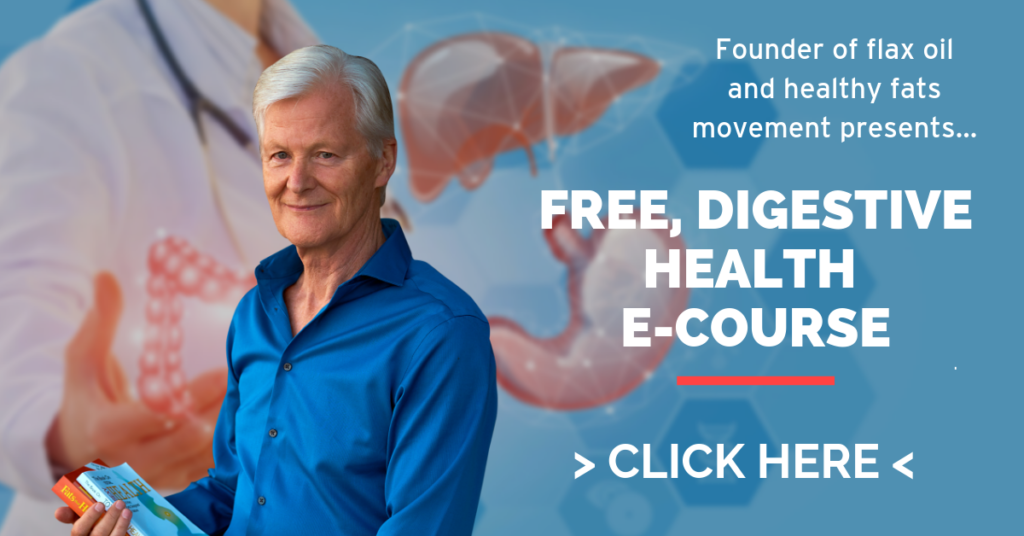The Healing Essential Fatty Acids, Part 4: More Functions of LA and ALA

EFAs are part of all cell membranes. They help hold proteins in the membrane by the electrostatic attractive forces of their double bonds, and thus they are involved in the traffic of substances in and out of our cells via protein channels, pumps, and other special mechanisms.
EFAs help maintain the fluidity of membranes. They also help create electrical potentials across membranes which, when stimulated, generate bioelectric currents that travel along cell membranes to other cells, transmitting messages.
EFAs are also structural parts of the membranes of subcellular organelles or ‘small organs’ within our cells. These include:
- endoplasmic reticulum where protein synthesis takes place
- Golgi apparatus which is involved in the secretion of substances within each cell
- vesicles that transport substances into and out of our cells
- mitochondria, little factories within each cell which burn (or oxidize) food molecules to release the sunlight stored in them for use in our life functions, on both the biochemical level and the human activity level
- nucleolus, which stores products made by the nucleus
- nucleus which contains chromosomes that carry the master plan according to which our whole body is constructed, and control the sequences of biochemical events that we know as development and cell function, beginning at conception and continuing constantly until death

Information carried on our chromosomes determines eye color, hair color, body type, gender, and so on.
Recovery from fatigue
LA and ALA substantially shorten the time required for fatigued muscles to recover after exercise. They facilitate the conversion of lactic acid to water and carbon dioxide. This is especially important to athletes and others involved in intense activity. LA and ALA are also involved in making the secretions of both juice-producing (exocrine) and hormone-producing (endocrine) glands.
Prostaglandins
EFAs are precursors of prostaglandins, three families of short-lived, hormone-like substances that regulate many functions of the cells in all tissues on a moment-to-moment basis. Some prostaglandins affect the tone of smooth (involuntary) muscles in our blood vessels, some lower blood pressure, some relax coronary arteries, and some inhibit platelet stickiness. Others have opposite effects, and a delicate balance exists in our bodies between these opposing effects, which determines the state of physical health of our cardiovascular and other systems.

EFAs are precursors for even longer and more (5 and 6 times more) unsaturated fatty acids needed by the most active, oxygen-requiring, energy- and electron-exchanging tissues: brain, retina, adrenal, and testicular tissues. These highly unsaturated fatty acids carry the high energy chemical reactivity required by these tissues and ensure high oxygen availability.
Growth
EFAs are growth-enhancing. At levels above 12 to 15% of total calories, they increase the rate of metabolic reactions in our body, and the increased rate burns more fat into carbon dioxide, water and energy (heat), resulting in fat burn-off and loss of excess weight.





